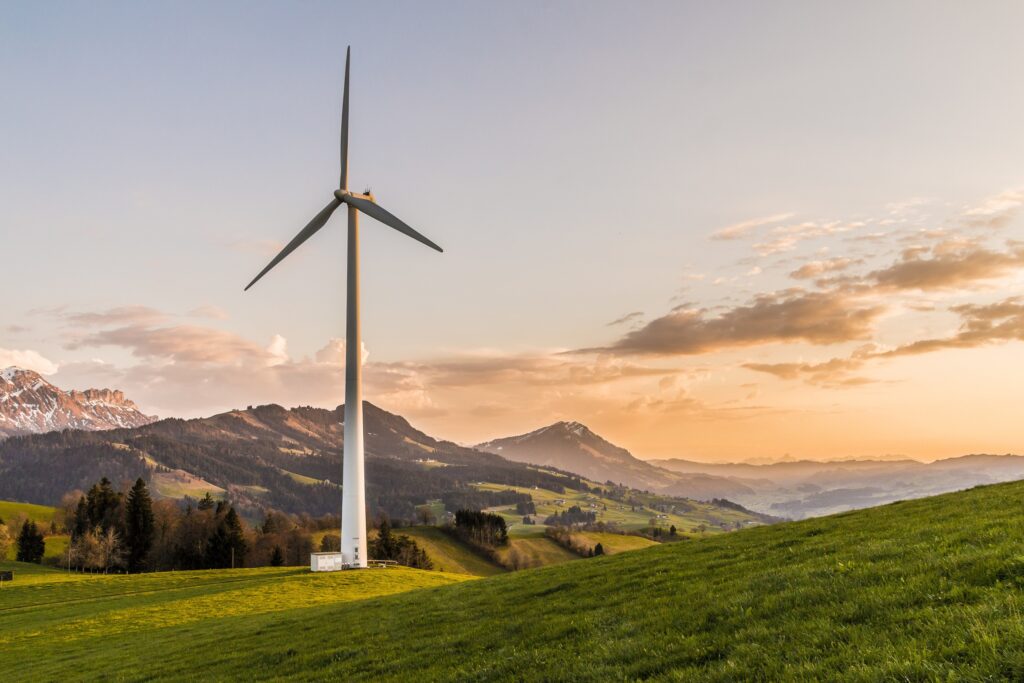Photo by Pixabay on Pexels
During my non-academic secondment, I worked together with Elizabeth Pollitzer from PORTIA, who is also involved in another EU project dedicated to the fair energy transition. Extending my research on emotionality in organizational diversity statements, we researched how European companies listed in the STOXX 600 stock index communicate about the relationship between environmental sustainability and gender inequality. Researching this nexus is important because language can shape our attitudes and behaviors. Organizations are judged based on the language they use when talking about big challenges like sustainability. Even small differences in wording can have a big impact.
Right now, organizations usually talk about sustainability in terms of environmental, social, and economic categories. But this approach does not consider the interconnectedness of these issues. Such a distinction between types of sustainability creates an illusion that there are more similarities within the types of sustainability and fewer between them. As a result, gender issues are often ignored when organizations try to make their energy use cleaner. We collected and analyzed the environmental sustainability statements from organizational websites. We found that only 8 out of 600 companies recognized the relationship between sustainability and gender issues, and only three of them provided details on how they are tackling gender inequality in their approaches to environmental sustainability.
While some organizations recognize the importance of addressing gender inequality and incorporating a gender lens, they are still struggling to integrate these issues into their environmental sustainability efforts. The three organizations that provided details on how they are addressing gender inequality or broader inequalities in their environmental sustainability efforts were from different sectors and countries (Personal Care, Drug and Grocery Stores in the UK; Insurance in Germany; and Industrial Goods and Services in the Netherlands), setting an example that implementing gender lenses into their approach to environmental sustainability is relevant and possible for organizations across various sectors and regions. Specifically, an Insurance company in Germany takes into account that vulnerable groups can be more affected by global warming and offers insurance for low-carbon developments. The organization from the UK partners with Water.org to increase women’s access to safe water and sanitation. Whereas the organization in the Netherlands writes:
“The Kariba project protects forests and wildlife in four national parks around the shores of the Zimbabwean Lake Kariba, conserving what is left of Zimbabwe’s majestic forests after decades of political and economic turbulence. A biodiversity corridor that protects an expansive forest and numerous vulnerable and endangered species is constructed. The project also supports regional sustainable development and promotes the independence of local communities by providing healthcare, clean drinking water and education on project-related activities such as agricultural practice, beekeeping, and borehole maintenance. The project further strives to improve gender equality, with over 40% of partakers in Kariba’s training programs being female. The wind energy project Mytrah replaces fossil-fuel-fired electricity with electricity generated from wind farms on the Indian grid. The wind energy is generated across several wind farms and supports local communities by providing employment, access to clean drinking water and education. The Mytrah project also strives to improve gender equality by educating women and girls on gender rights and personal health. Adyen’s contribution resulted in the generation of 2 megawatts of wind energy.”
As such, it is recommended that organizations be more explicit in how they are considering gender and other inequalities in their efforts to create a fair and just energy transition. We also advise regulators to encourage organizations to adopt a gender lens when they are working on environmental sustainability. Organizations conform to regulations and norms, but they also use communications from regulatory bodies as examples and to justify their approach.

Making a good case for gender diversity — Pathbreaking organisational communication (Switzerland)
